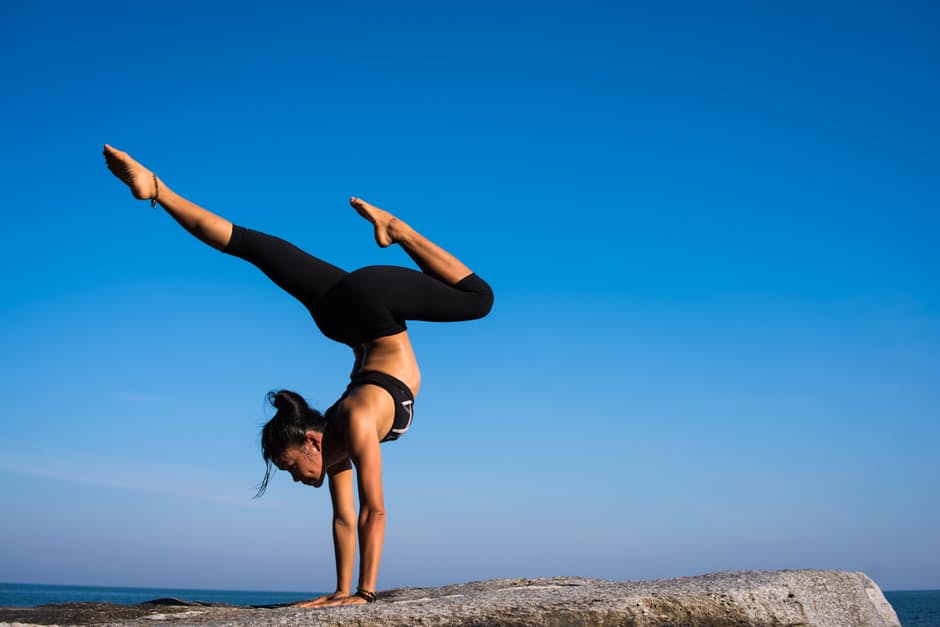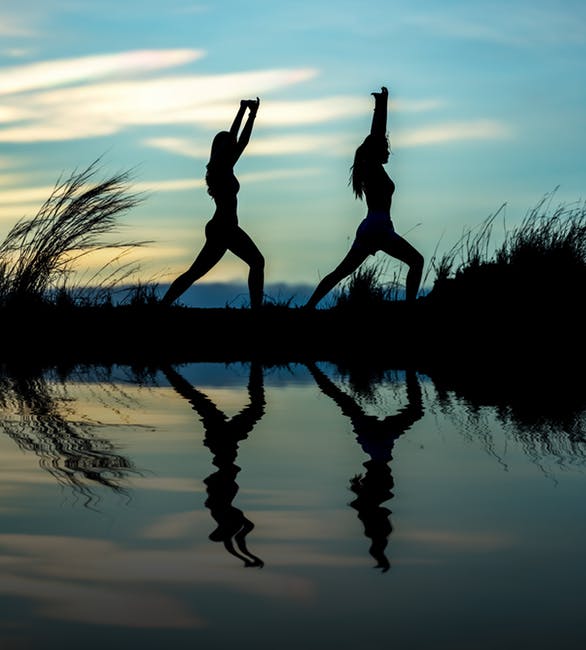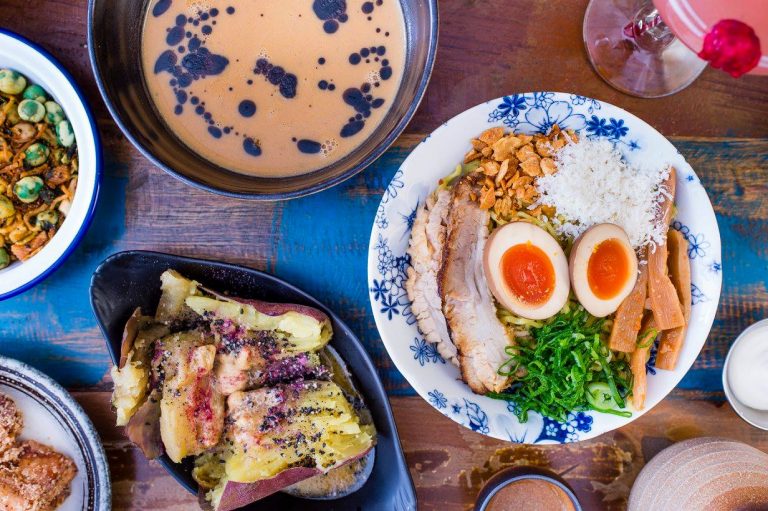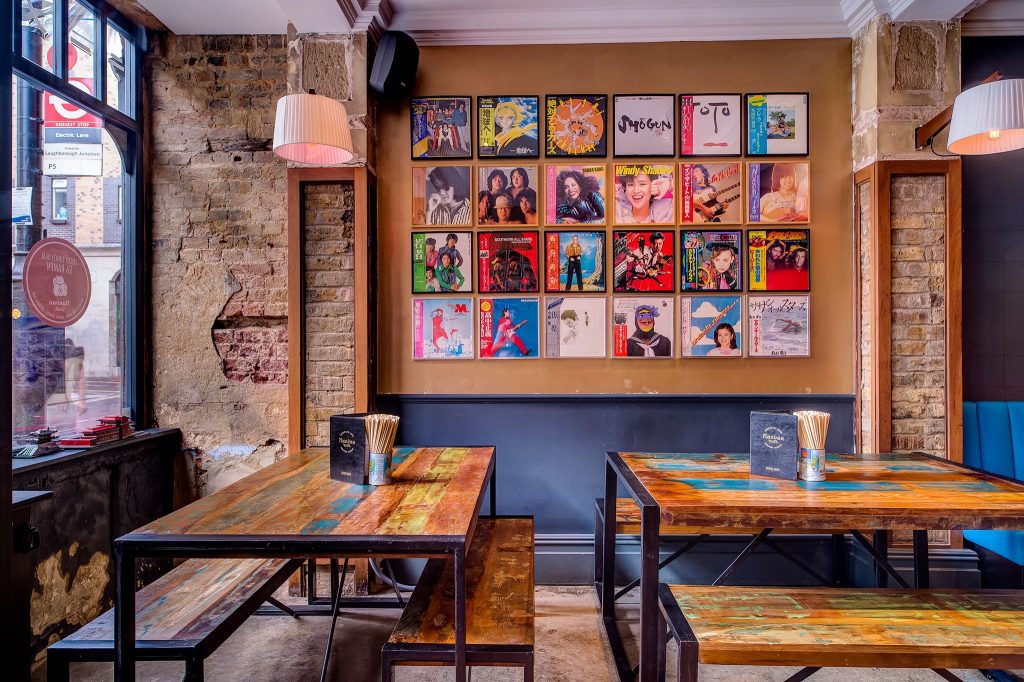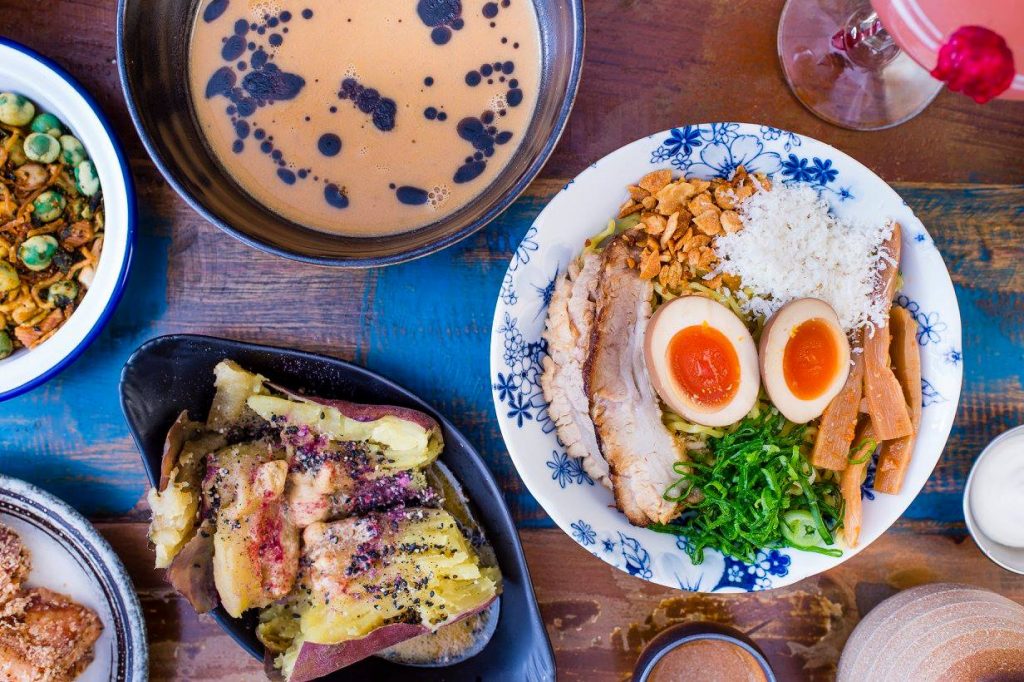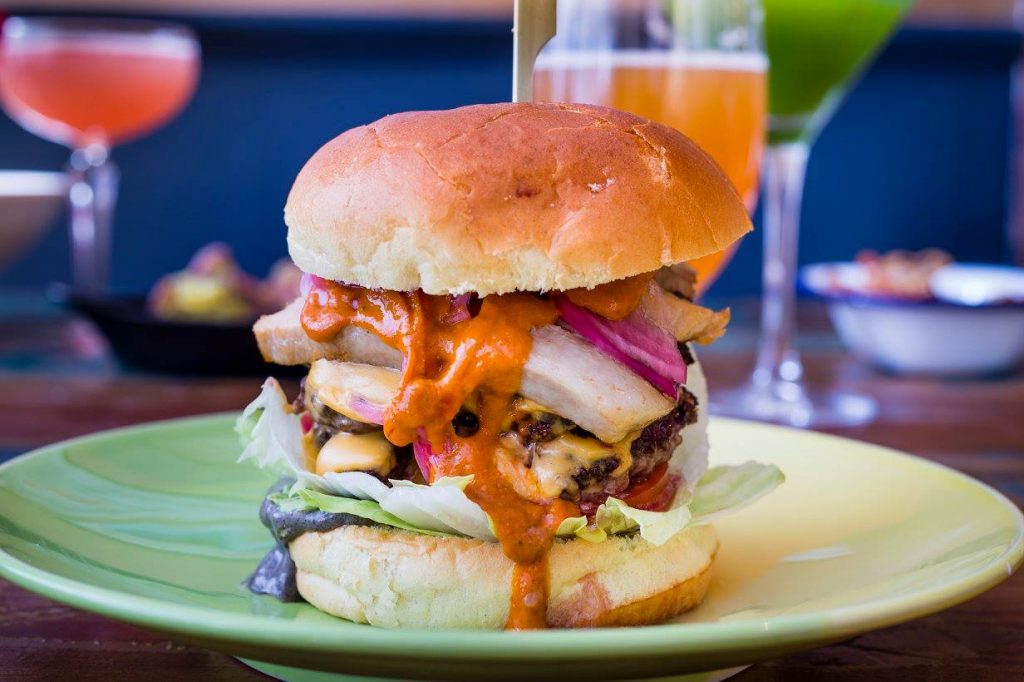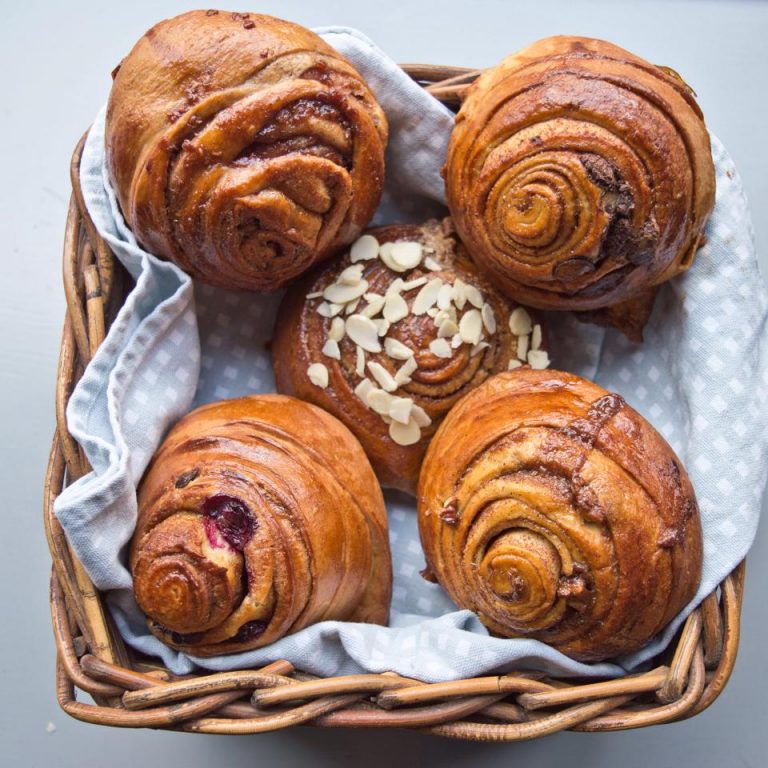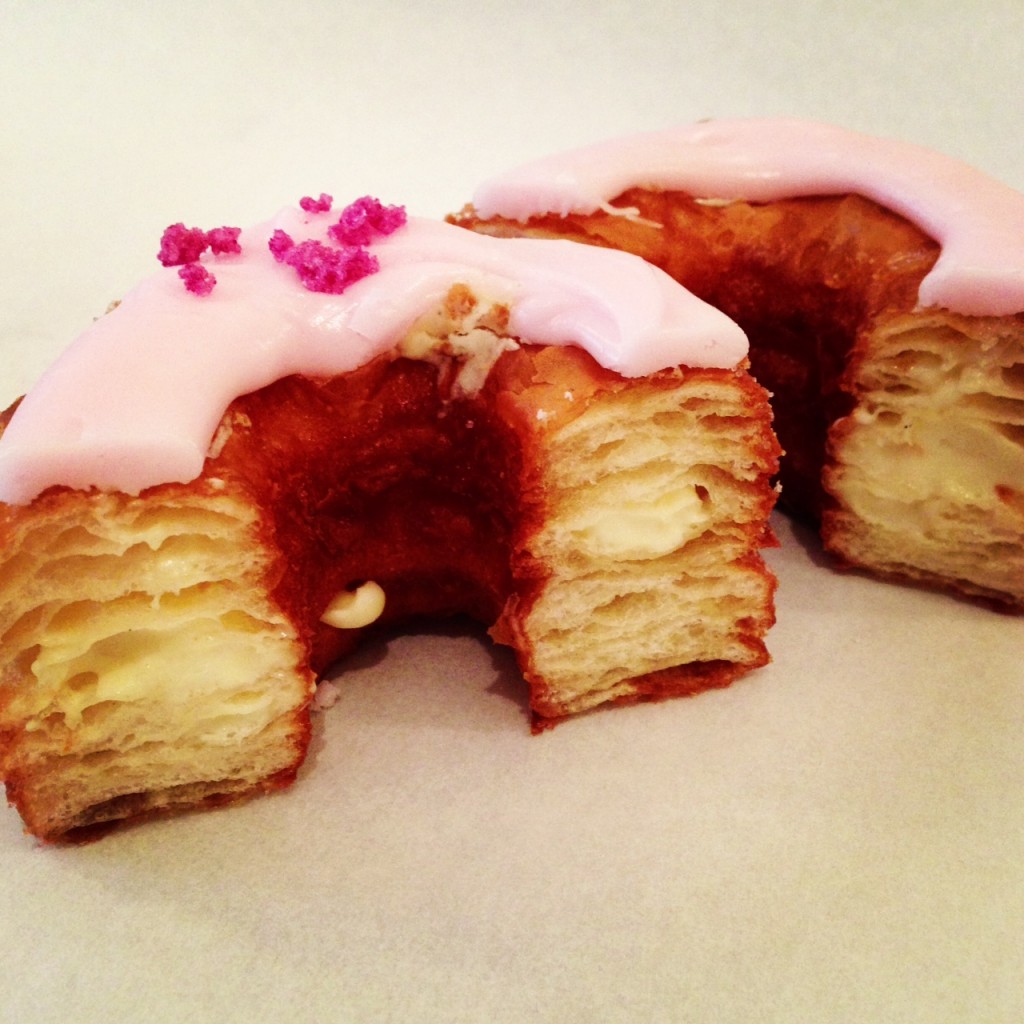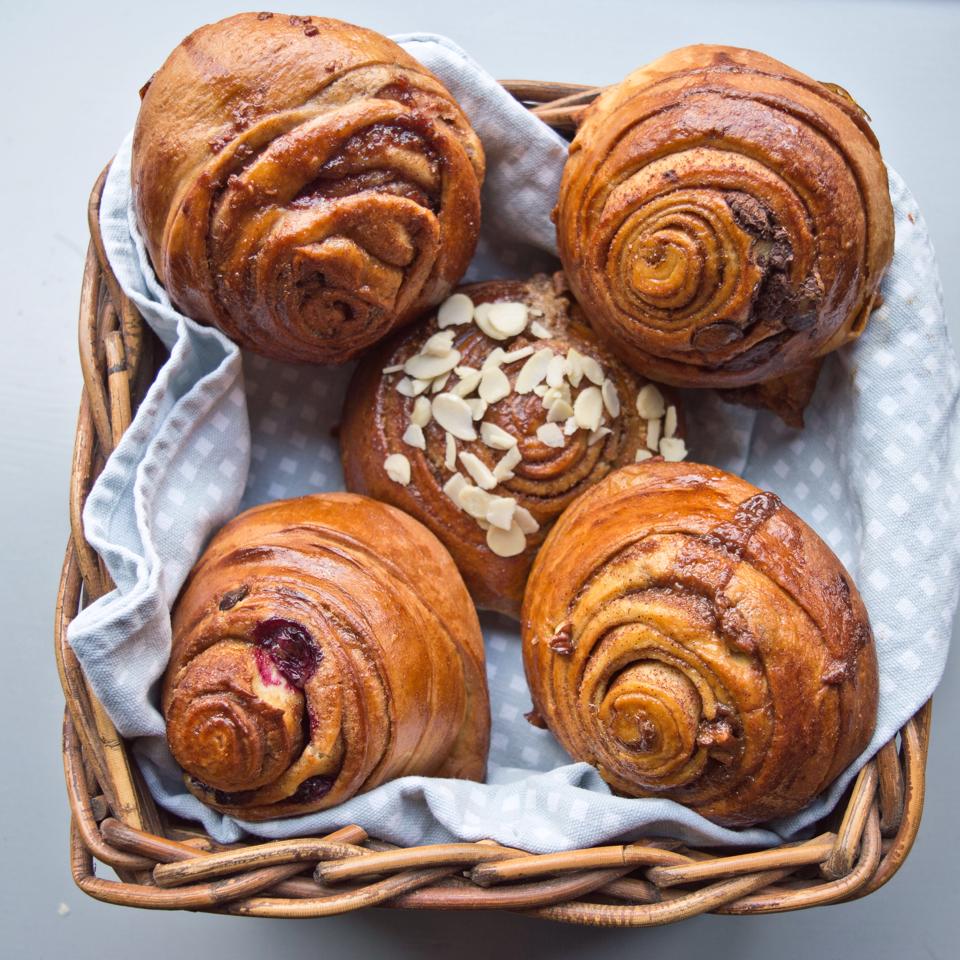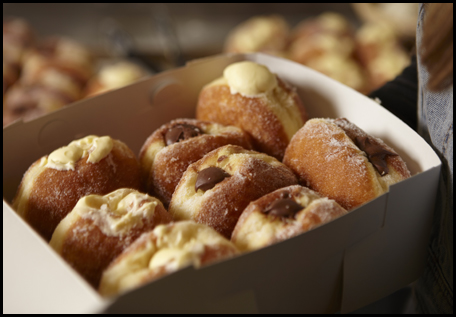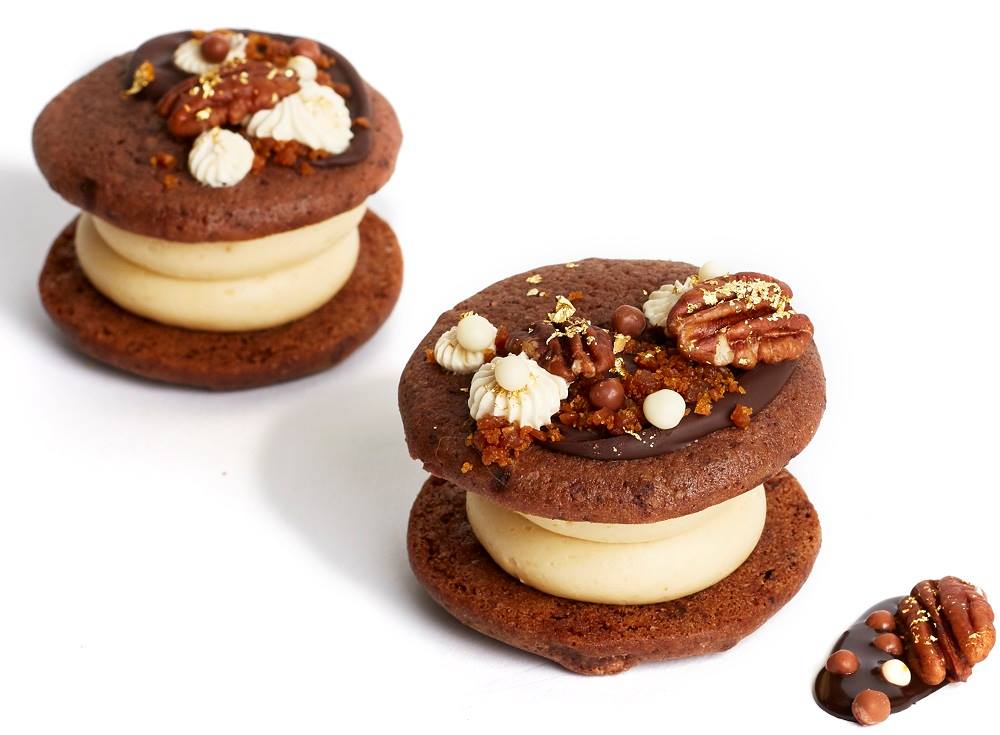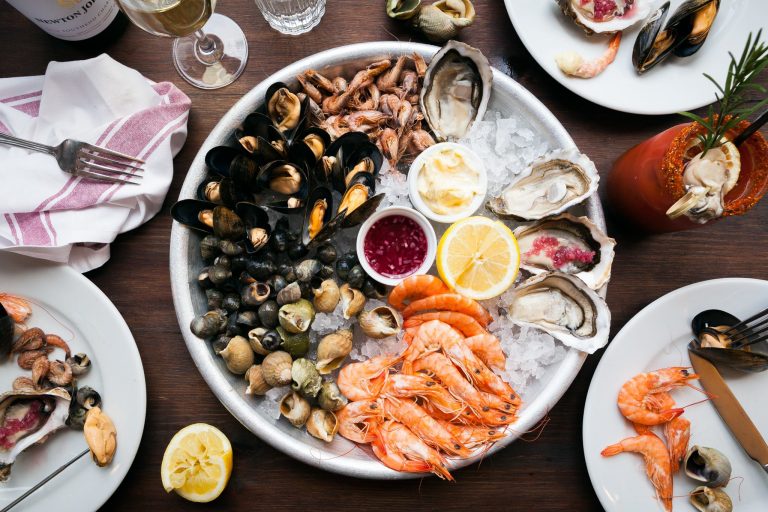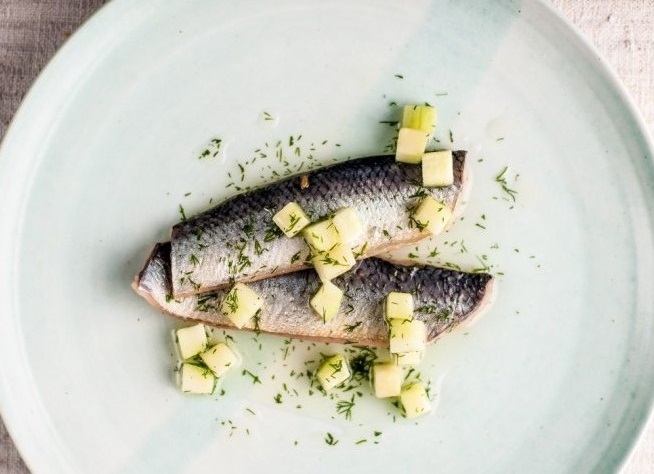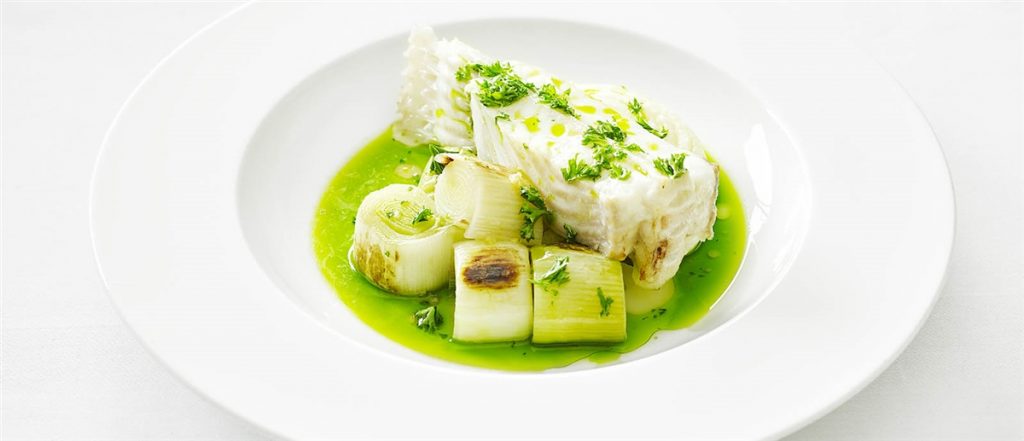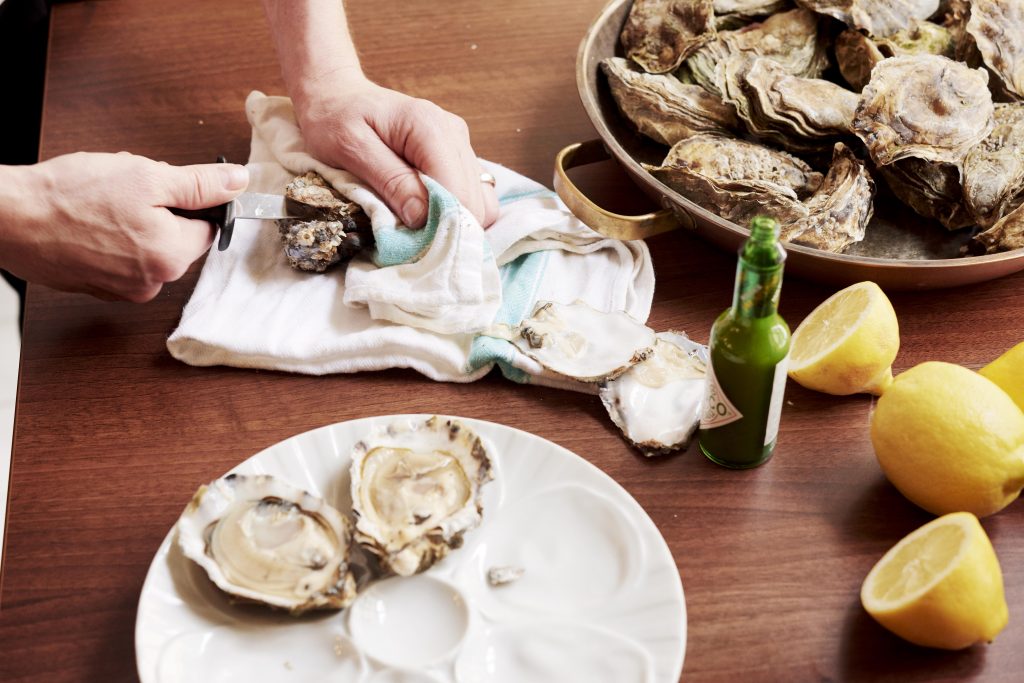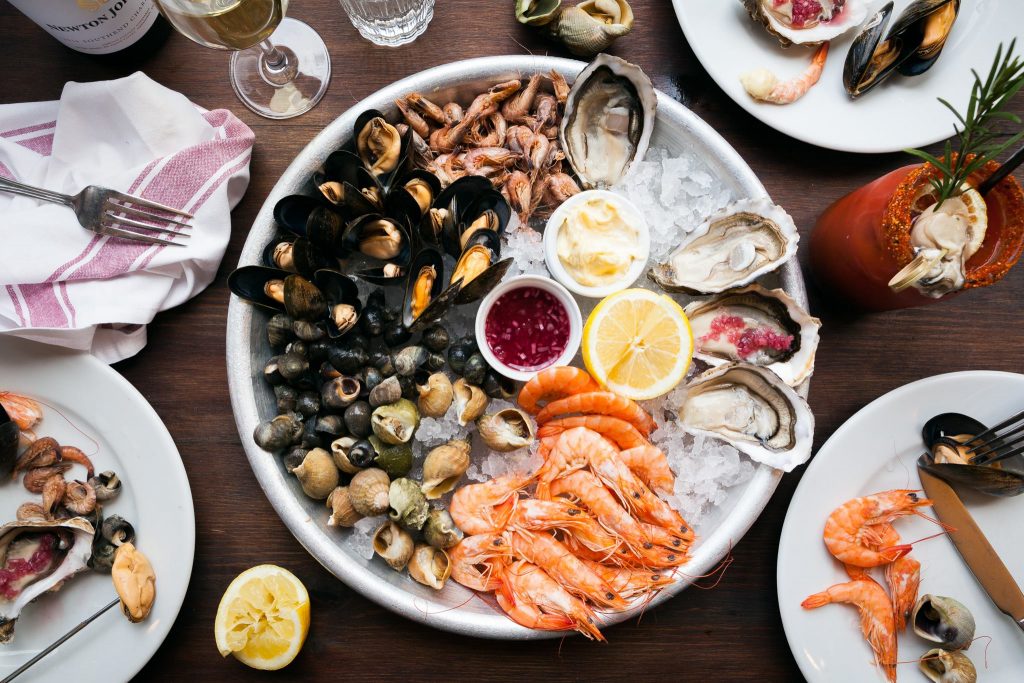We all know how harmful UVA and UVB rays are for our skin. Which is why we constantly lather ourselves in a high sun protector, but sun exposure is not the only thing that causes damage to our skin. Chanele Rosa, Clinic Trainer at Ellipse
Heat
The use of saunas, steamers or holding the hairdryer too close to our face, may cause high colour or little thread veins to appear. This is a result from the heat of these particular appliances.
Pigmentation
Pigmentation is not only caused by sun exposure. Some women may find that after taking the contraceptive pill, pigmentation has appeared on their upper lip, forehead or both sides of the face, which has left them feeling self-conscious. This type of pigmentation is hormonal and known as Melasma.
Technology triggers
TV screens, laptops and mobile phones can also be harmful to the skin as they emit a blue light also known as HEV (high – energy visible light) that is more dangerous, if not more, than sun damage.
Poikiloderma of Civatte
Spraying perfume or aftershave on your chest and neck and going straight out in the sun can cause a skin condition called Poikiloderma of Civatte. The appearance can be described as mottled, hyper and hypo pigmentation alongside broken capillaries.
With all these points stated above, we are all guilty of this on a daily basis without thinking of how harmful they are to our skin.
Treatment
The good news is, we can treat the damage that has been done with the Ellipse skin rejuvenation treatment, where hyperpigmentation, sun damage, high colour and thread veins can be removed with as little as three treatments. There is no downtime with this treatment and it can be done in your lunch hour. The treatment works by heating up and breaking down the target (pigment or oxyhaemoglobin) veins will be removed by your body’s natural waste stream and pigmentation will shed naturally. Your skin will be left feeling more youthful, radiant with an even skin appearance.
A recommended antioxidant serum can be applied to the skin morning and evening, under your moisturiser to help any further damage from harmful lights or rays.
A high SPF of 30 plus is always recommended as part of your daily skin routine.
About Chanele Rosa, Clinic Trainer at Ellipse
Chanele Rosa has been in the Aesthetics industry for 11 years. Working in a Doctor led clinic in South Africa as a trainer and Senior Therapist. She has been in the UK for over 2 years, working on Harley Street before undertaking her latest role at Ellipse as Clinic Trainer.









